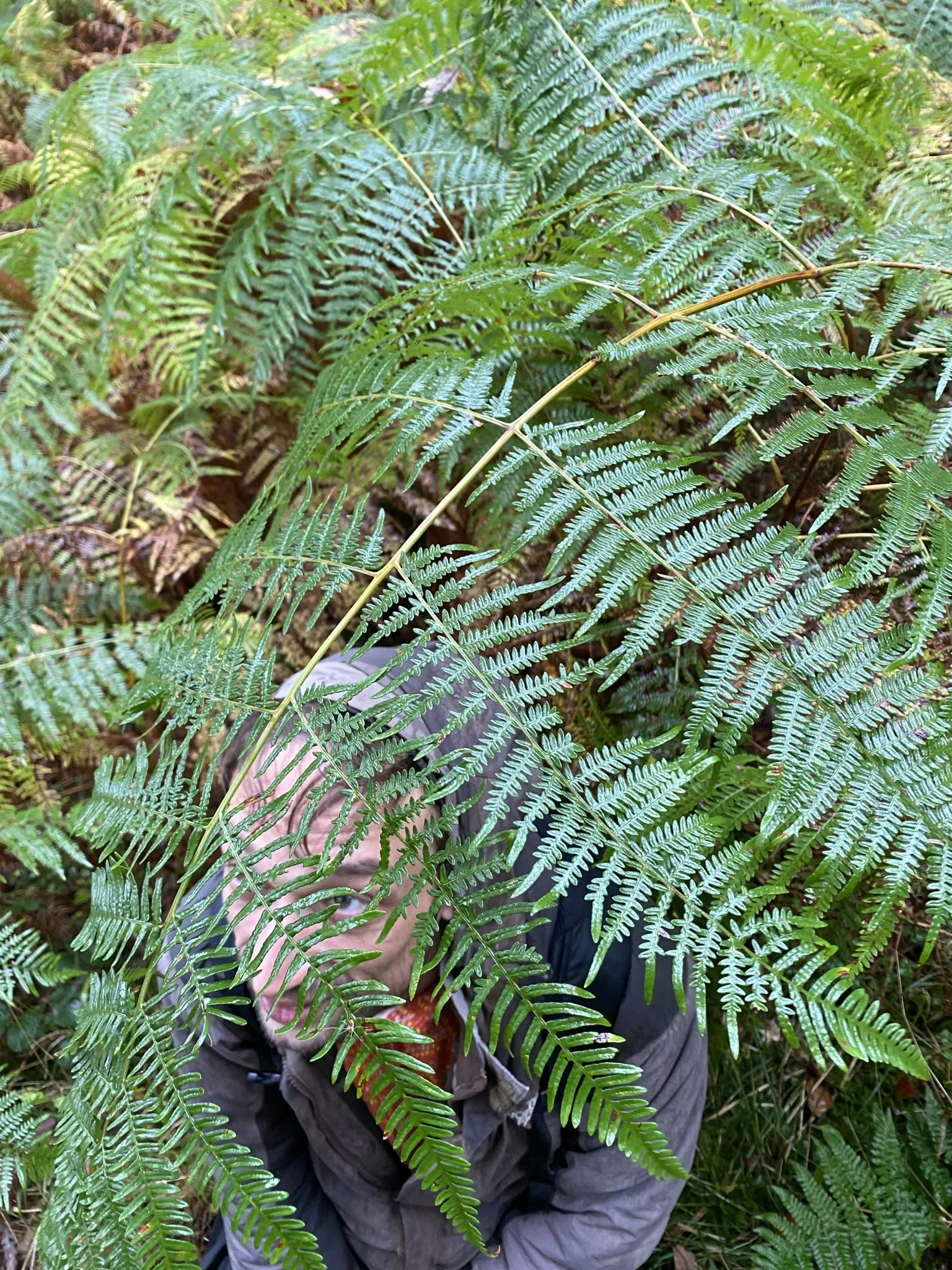Movement Research Notes: BEYOND THE POND
GLOBAL RESPONSIVENESS - when one thing moves, everything moves. Every external force or influence is responded to and recalibrated inside of the body - restoring one’s general sense of well-being and balance each and every moment (‘intrinsic equilibrium’). Holding a simple tree or star shape for several minutes, for example, invites us into this emerging awareness.
SOCIAL CHOREOGRAPHIES - how are you choosing to relate and align with your fellow humans (and plants / animals) when you walk and interact with space? Is it democratic, invasive, performative, neutral, intimate?
UP & DOWN - the same ‘movements’ but with different intentions: UP is an emotional feeling, a physical direction, a cognitive choice AND a coordinated movement (as is DOWN). The fells teach us this, as do our dance and fight partners.
FALLING - to walk is to fall; to dance is to fall; to fight is to fall. We will all inevitably fall during whatever we do (retire, tire, end, fail, move on). Choosing to fall is different from falling ‘as a victim’ however. Can you we surrender and choose to fall when the time is right? And can we use this as a conscious strategy when dancing, fighting, to recover one’s energy or choose a different direction in life?
GAIT MECHANICS - do you know how to walk? To carry your own weight, to utilise your joints, limbs, spine, pelvis, head effectively? It’s a truly infinite research and ‘Game’.
RESISTANCE - why do we work with / fight against resistance? Because it’s inevitable in a basic sense (gravity is always there). PLUS, when we playfight today we are fighting our yesterdays, our past stories and selves, as well as our futures even. There is always something to be ‘met’ and resolved, and this gives us purpose, meaning and possibilities to evolve.
FINDING HOMES - when we dance alone, the floor and our centre of mass above it forms our base and ‘home’ from which to move against. When we dance with another we have a more dynamic ‘triangle’ with which to navigate, support and create. This is riskier but more rewarding when practiced patiently and with awareness. All extra flavours, moves, turns, lifts, expressions etc depend on this quality, trustful base first being built.
MOVING FROM THE CENTRE - shrimps and starfish (and entire galaxies even) show us this fundamental mechanism of ‘moving from the centre’. Contraction and expansion naturally results; the crux of all easy, efficient and graceful movements, especially regarding acrobatics and floorwork.
THE CIRCLE - interpreted as ‘wholesomeness’ within the TAO philosophy, the circle represents the highest form of ‘material efficiency’ possible within geometry and biotensegrity. Using our limbs in a circular fashion allows certain acrobatic manouevres especially to be performed with greater ease and aesthetic qualities. These circles relate to waves, spirals and helixes also, all throughout the body (when running, walking, climbing, swimming, dancing etc).
HANDS & FEET - the relationship between our hands and feet is a fascinating one! We were once all quadripeds after all. Developing ipsilateral and contralateral patterns, all-four positions, as well as other dexterous qualities in these 4 extremities translates powerfully into everything we do. Furthermore, the hand and the foot are two of the most ingenious and dexterous objects in all of the animal kingdom - the hand for acute and fine motor ‘skills’, and the foot for it’s remarkable weight-bearing and elastic potentials.
INTENTIONS & PARADIGMS - doing the same thing in a multitude of ways is a remarkably human capacity. Focusing on variety, efficiency or beauty etc when moving, for example, shows us our incredible ability to decide and switch between the various filters we live and move inside.
PANDICULATION - the ‘self-care’ dojo is everywhere; every moment is a chance to shake, stretch, speak, stand, jump, run, hide, dance, sleep, slide, shuffle in whatever ways we want or need to. Pandiculation is absolutely a skill however, and one that needs to be practiced, examined and deconstructed in order to move closer to truly authentic and intuitive movements. EG: if you’d never stood on your hands, hung from a bar, danced to jazz music or ran up a hill, how would you ever know that you wanted or needed it? (you wouldn’t)...
GIVING & RECEIVING - focus on ‘specific part of the body’, ‘amount of pressure/intensity given’ and ‘type of movement performed’ (pressing, circling, holding, rubbing etc) during bodywork practices. The paradox slowly reveals itself however: that to give is to receive and vice versa. Exploring the paradigm of ‘care for oneself’ even when ‘serving another’. Interesting reciprocal dialogues, processes and awarenesses result.
MOVEMENT PHILOSOPHY REFERENCES - The Tao Te Ching (Lao Tzu) // The Tales of Mullah Nasruddin (Sufism) // Dexterity and It’s Development (Nicolai Bernstein)
GENERAL REFERENCES - Everything Moves (Susan Lowell de Solórzano) // Tao: The Watercourse Way (Alan Watts) // Anti-Fragile: Things That Gain From Disorder (Nassim Nicholas Taleb) // Endure (Alex Hutchinson) // marcellopalozzo.com // danieleagles.co.uk
Did you enjoy this blog? If so, click here to support Daniel’s work…



